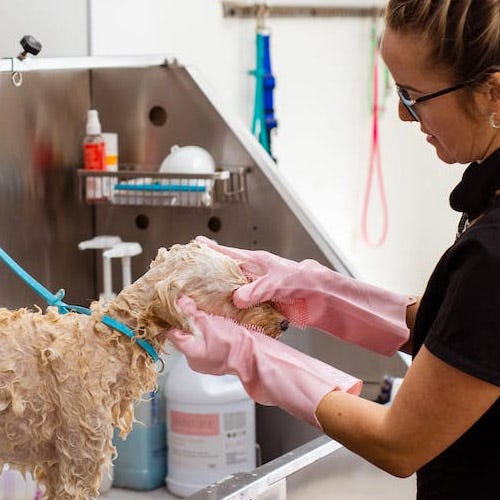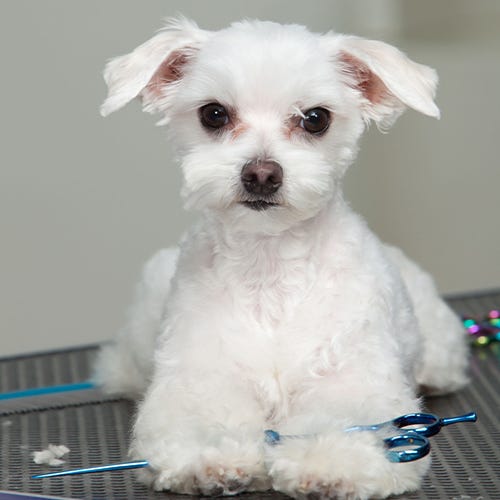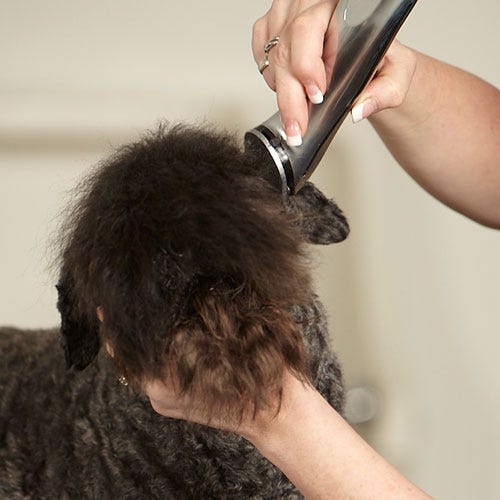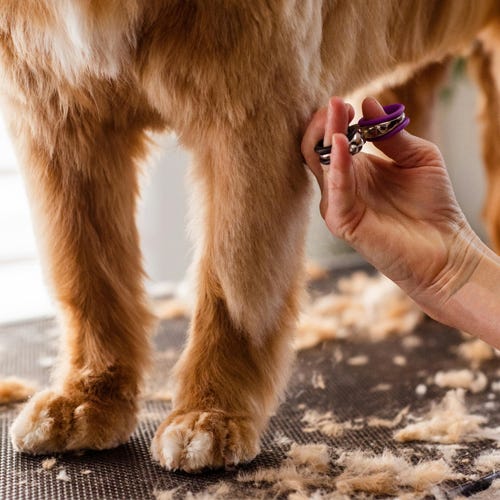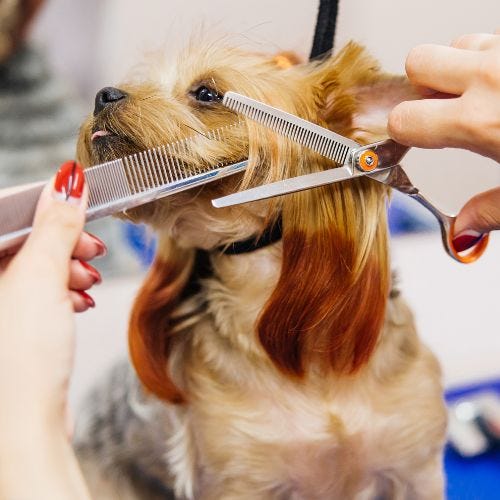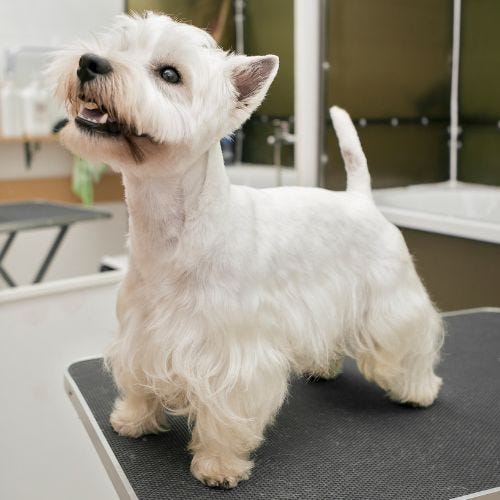It may happen with a dog you have safely handled many times before, or it may be a new-to-you grooming client on the table, but suddenly, the pet tries to bite.
I believe that most dog-to-groomer bites happen because the dog is uncomfortable. It may be that the dog is frightened by some part of the process or (more likely) because some area of its body is painful. The groomer inadvertently causes discomfort by manipulating the pet while working on it. For example, if the dog has arthritis in its knee joint, and you lift the leg to trim its claws, that simple flexion could be so uncomfortable that it snaps at you in response.
Most experienced groomers will advise to turn biting animals away. A dog bite can be severe, life-altering, and even career-ending. The threat of a dog bite should not be underestimated, so what should a groomer do when a pet they have begun grooming tries to bite? There are two primary choices: put the dog away and have the owner come get it or do your best to complete the groom, ensuring that neither you nor the pet is hurt.
The Groomers Helper is a tool that excels at fastening pets safely and comfortably while significantly reducing their ability to bite the groomer. It does this by securing the dog at two points. The safety loop attaches to an overhead arm (point #1) and also clips from below the jaw to the grooming post in front of the dog (point #2.) The attachment points are adjustable and used properly, allow the groomer access to much of the pet's body while keeping the teeth out of range.
For small and medium-sized dogs, placing a simple, inexpensive Elizabethan collar around the pet's neck in front of the grooming loop adds an added layer of protection. The collar must be large enough to extend past the end of the dog'snose. These cone-shaped collars, which dogs often must wear to prevent themselves from licking and chewing on an injury or surgical wound, do a great job of keeping their mouths away from a groomer's hands. Once in place, the groomer will have free access to every part of the dog's body, from the ears' back.
Soft muzzles can also be used for a few moments while grooming sensitive parts of the pet. It is essential to only use them for brief periods because they can impede the dog's ability to pant and cool itself. Some dogs are skilled at muzzle removal, and a serious biter may still be able to get a good nip in while the muzzle is on, so the groomer must still exercise extreme caution.
Proper tools, patience, and skill make it possible to safely and humanely complete the groom on a nippy pet. Ideally, the owner will work with their veterinarian to discover what is causing the dog to bite. An animal behaviorist can also be an excellent resource for the owner if pain is ruled out.




